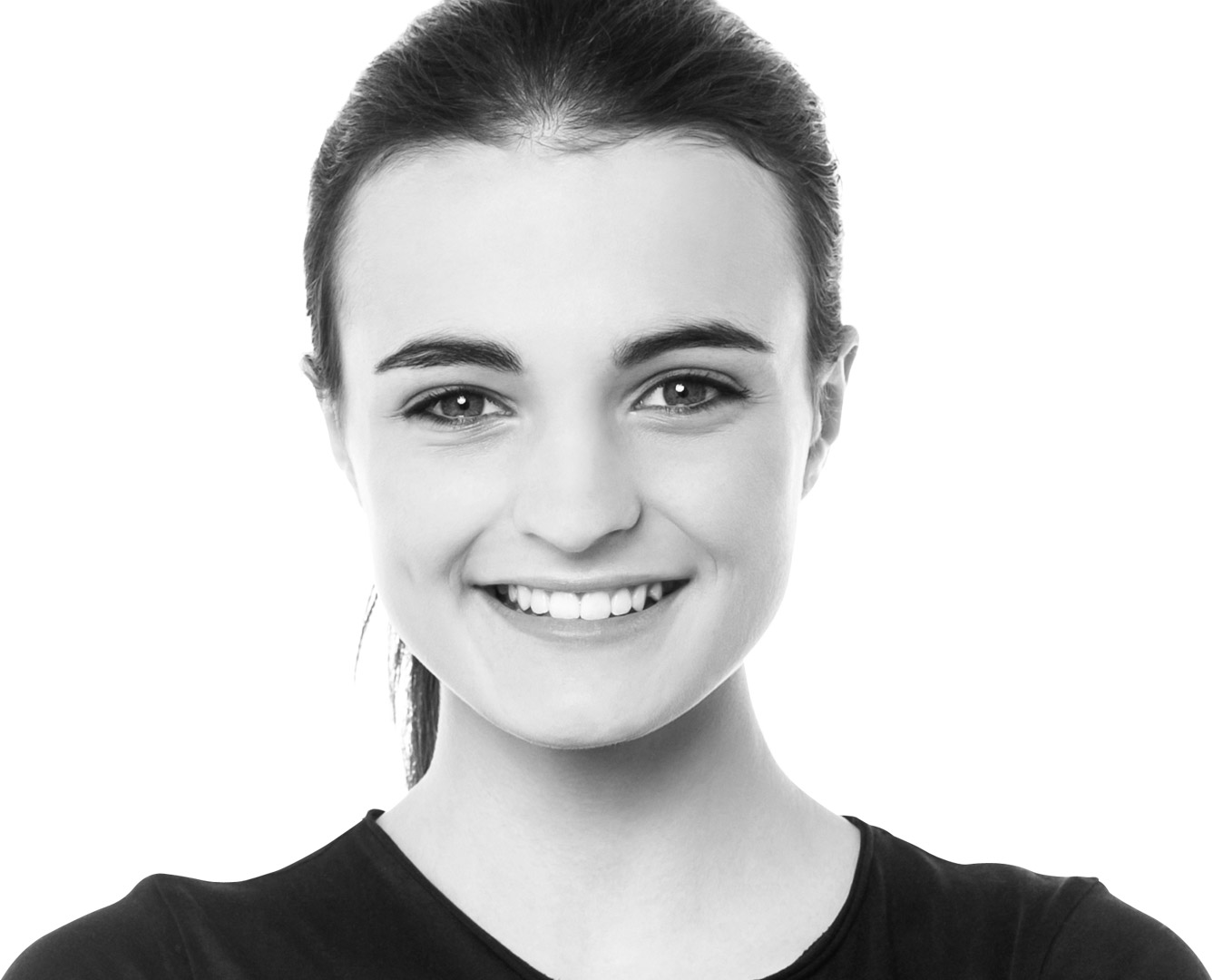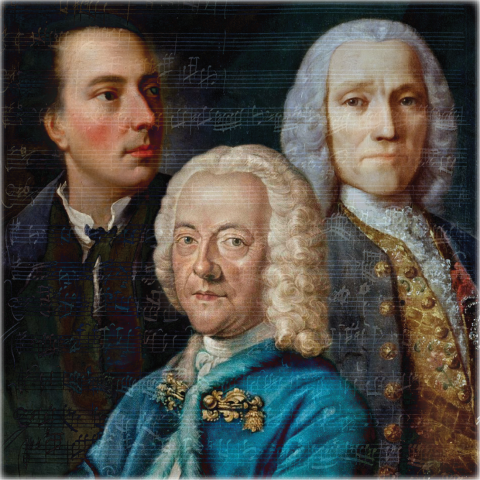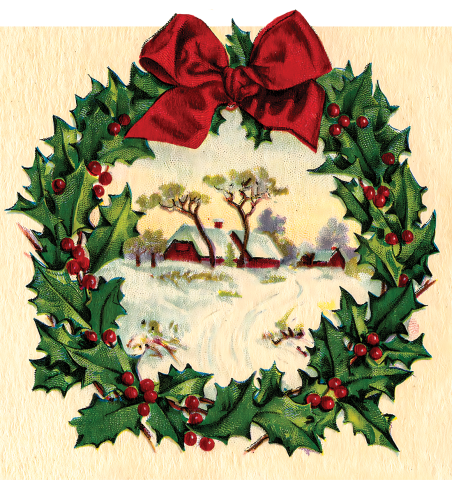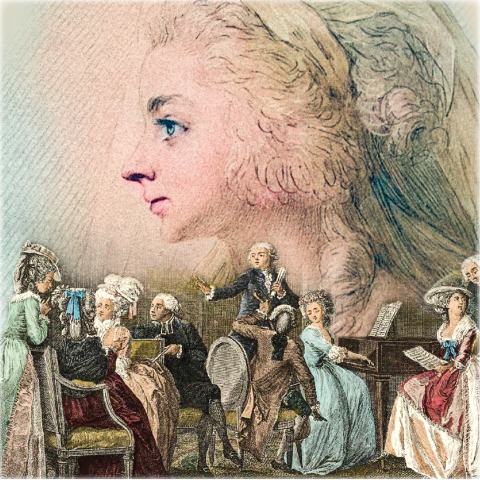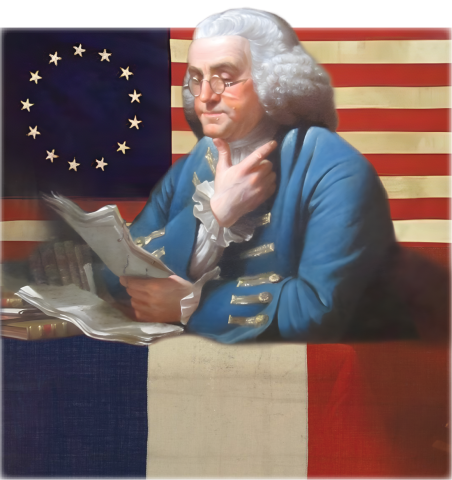SERVICES WE DO
WEB DESIGN
Lorem ipsum sit dolor eamet dolore adipiscing
MOBILE APPS
Lorem ipsum sit dolor eamet dolore adipiscing
WEB DESIGN
Lorem ipsum sit dolor eamet dolore adipiscing
CAMPAIGNS
Lorem ipsum sit dolor eamet dolore adipiscing
PROVIDING THE BEST POSSIBLE SERVICE
TO OUR CUSTOMERS WITHOUT A
BREAKING A SWEAT
HOSTING
Lorem ipsum sit dolor eamet dolore adipiscing
Latest portfolio
SHOWCASING YOUR LATEST DESIGNS, SKETCHES, PHOTOGRAPHS OR VIDEOS.
RECENT BLOG POSTS
PURCHASE A PACKAGE
JANGO INC.
25, Lorem Lis Street,
Orange C, California,
United States of America
T 800 123 0000
F 800 123 8888
NEED TO KNOW MORE?
Try visiting our FAQ page to learn more about our greatest ever expanding theme, JANGO.
Learn moreHAVE A QUESTION?
Ask your questions away and let our dedicated customer service help you look through our FAQs to get your questions answered!
Keep in touch
Our helpline is always open to receive any inquiry or feedback. Please feel free to drop us an email from the form below and we will get back to you as soon as we can.



